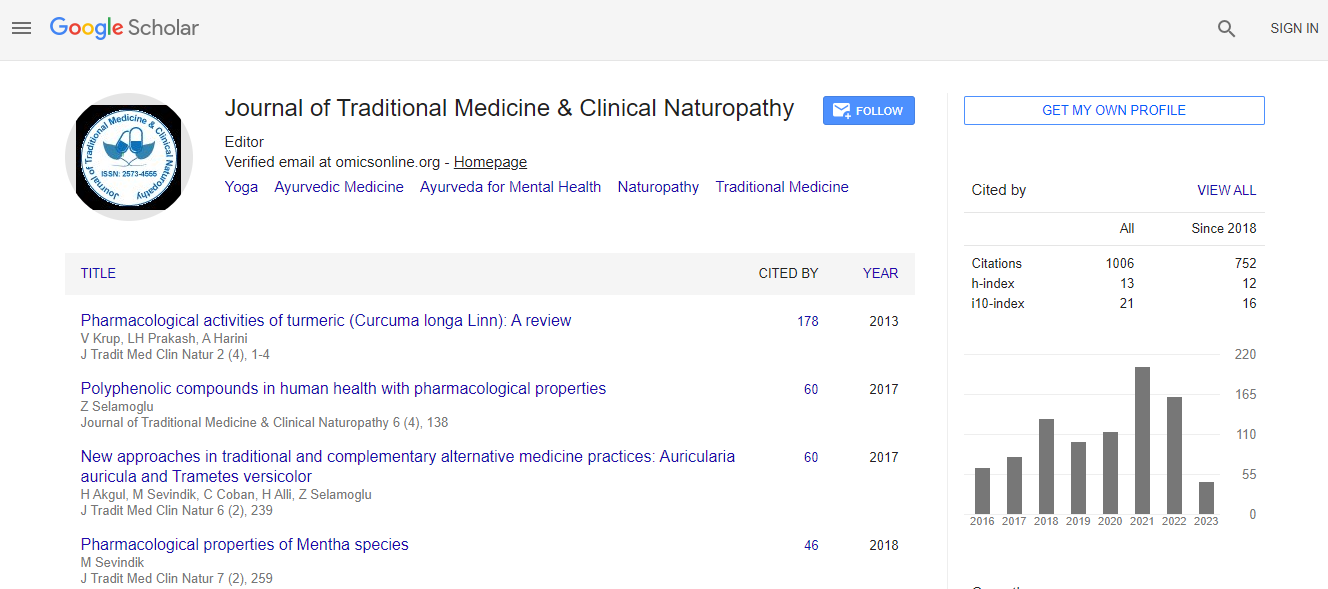Implications for Clinical Practice and Research in Ayurveda Medication
*Corresponding Author:
Copyright: © 2021 . This is an open-access article distributed under the terms of the Creative Commons Attribution License, which permits unrestricted use, distribution, and reproduction in any medium, provided the original author and source are credited.
Abstract
Ayurveda medication non-adherence is a growing concern of Ayurveda clinician, researchers and policy maker for its growing popularity and its clinical implications. It always hinders the therapeutic efficacy and shows low clinical outcomes in practice and research. Approximately 50% patients with chronic illness do not take prescribed medications as directed. Medication adherence usually refers to whether patients take their prescribed medicine (e.g., as thrice daily before meal along with honey), as well as whether they continue to take a prescribed medication and intervention as advised. Medication adherence behavior can be classified into two main categories, namely, adherence to prescribed medication and persistence of use. These two are conceptually similar; adherence refers to the intensity of drug use during the duration of therapy, whereas persistence refers to the overall duration of drug therapy.

 Spanish
Spanish  Chinese
Chinese  Russian
Russian  German
German  French
French  Japanese
Japanese  Portuguese
Portuguese  Hindi
Hindi 
